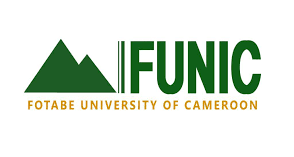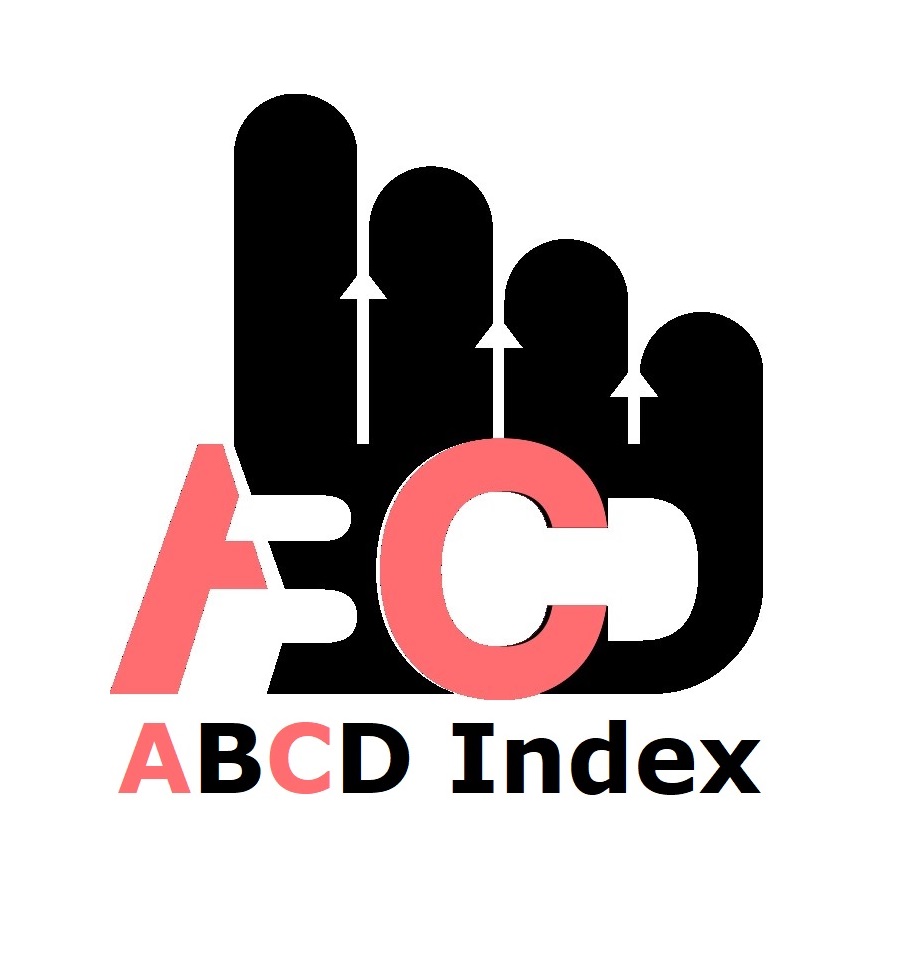Factors that Influenced Increase in Teenage Pregnancy of Girls Aged between (10-19) years During the Covid-19 Pandemic: A Comparative Study of Kakamega and Bungoma Counties, Kenya
Palavras-chave:
Bungoma, Covid-19 Pandemic, Counties, Kakamega, Teenage PregnanciesResumo
The unprecedented circumstances occasioned by the Covid-19 pandemic meant that most teenagers across the learning continuum globally were out of school environment and thus subjecting the girls to teenage pregnancy risks. Adolescent’s pregnancies in Kenya are on the increase and require mitigation from an empirically informed position especially during periods of pandemics such as the Covid-19 outbreak. The main objective of this study was to examine the factors that influenced increase in teenage pregnancy of girls aged between (10-19) years during the Covid-19 Pandemic in Kakamega and Bungoma Counties, Kenya. The study was guided by the Do-No-Harm approach, Bohle’s vulnerability model and Hazard of the Place Model as the conceptual underpinning of the study. Cross-sectional survey research design was adopted for the study. The target population was 889,312 being derived from households with teenage girls aged between ten and nineteen years. Data was obtained through document analysis, questionnaires, key informant interview, and Focus Group Discussions (FGDs). The study used a sample size of 590 respondents drawn from the two Counties. The sampling strategy involve purposive, multi-stage and stratified sampling. The cross tabulation, frequencies and bar graphs were used together with Principal component analysis (PCA) summarize quantitative data while Verbatim quotations were used to present qualitative results The results showed that Covid-19 pandemic impacted negatively on teenage girls on the account of prevalence of indiscipline behavior (61.69%), being highly temperamental and rude (59.66)%, stress due to being out of school indefinitely (49.66%), loss of interest in academics and failure to attend online classes (38.47%) and increase in promiscuity tendencies and sexual liberalism (37.46)%. The Principle Component Analysis (PCA) revealed that seven variables for mitigating teenage pregnancies accounted for over 80% as viable mitigation strategies against teenage pregnancy. Whereas Covid-19 intensified teenage pregnancies, lack of provision for basic needs and limited exposure on sexuality matters among teenagers were identified as the major causal factors that were catalyzed by Covid-19 pandemic. The study recommends need for designing an intervention framework to mitigate teenage pregnancy in the study area, where emphasis should be directed on all those variables with a PCA loading weight of 5% and above and the underlying factors that simply accelerated during the pandemic.
Publicado
Como Citar
Edição
Secção
Direitos de Autor (c) 2025 Dr. Edward Musungu Mugalavai, Dr. Ferdinand M. Nabiswa, Dr. Ruth N. Simiyu, Canon O. Omondi

Este trabalho encontra-se publicado com a Creative Commons Atribuição-NãoComercial 4.0.
Artigos mais lidos do(s) mesmo(s) autor(es)
- Stephen Muchaki Mudekhere, Edward Musungu Mugalavai, Ferdinand Makhanu Nabiswa, Nexus between Indigenous Knowledge Systems and Adaptation to Climate Change Strategies by Farmers in Kajiado County, Kenya , African Journal of Empirical Research: Vol. 5 N.º 2 (2024): Apr-Jun 2024
- Douglas Atamba Miima, Edward Musungu Mugalavai, Jacob W. Wakhungu, Freshwater Aquaculture and Household Performance in Busia County, Kenya , African Journal of Empirical Research: Vol. 4 N.º 2 (2023): Jul-Dec 2023
- Zipporah Kerubo Momanyi, Ruth N. Simiyu, Kizito Muchanga, The Impact of Resource Utilization Practices on Inter-Ethnic Conflicts in Nakuru County, Kenya , African Journal of Empirical Research: Vol. 4 N.º 2 (2023): Jul-Dec 2023
- Sheila Atieno Oyatoh, Kennedy Onkware, Ruth N. Simiyu, Nature and Extent of Women’s Socioeconomic Conflicts along Lake Victoria, Kisumu County, Kenya , African Journal of Empirical Research: Vol. 4 N.º 2 (2023): Jul-Dec 2023























